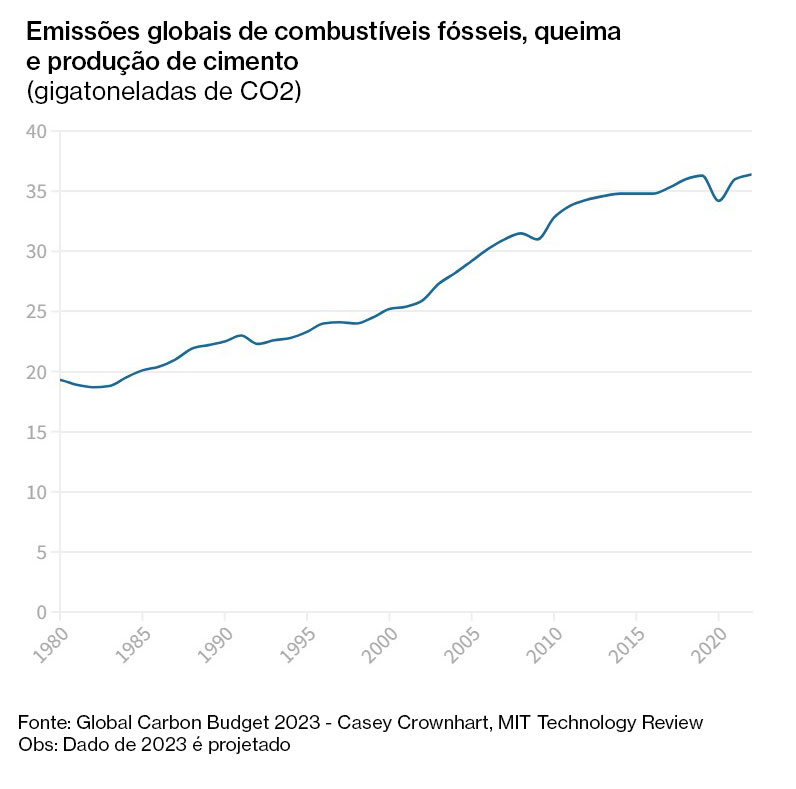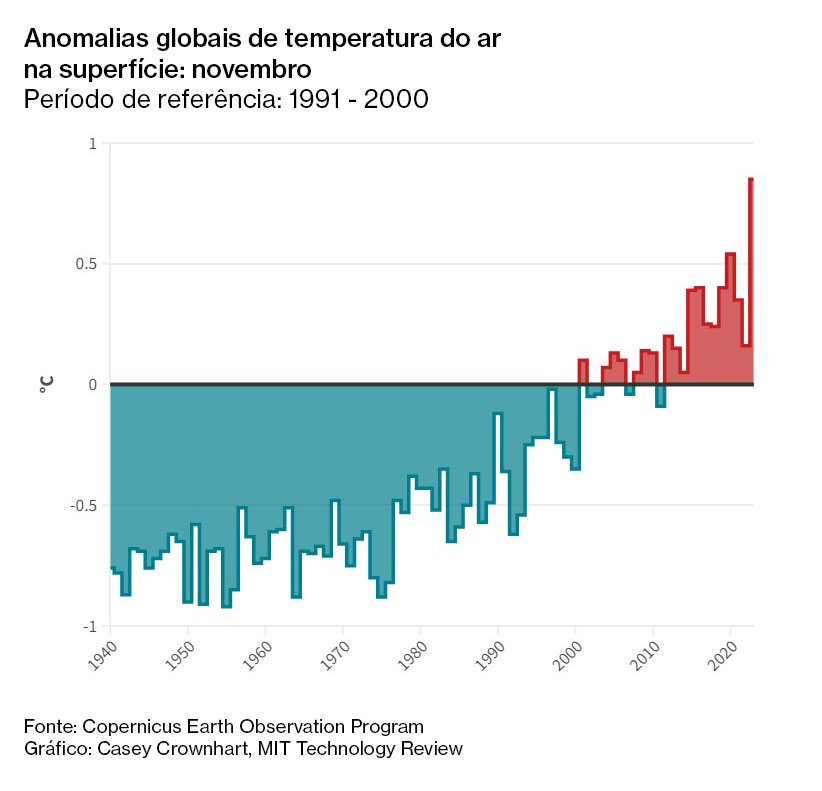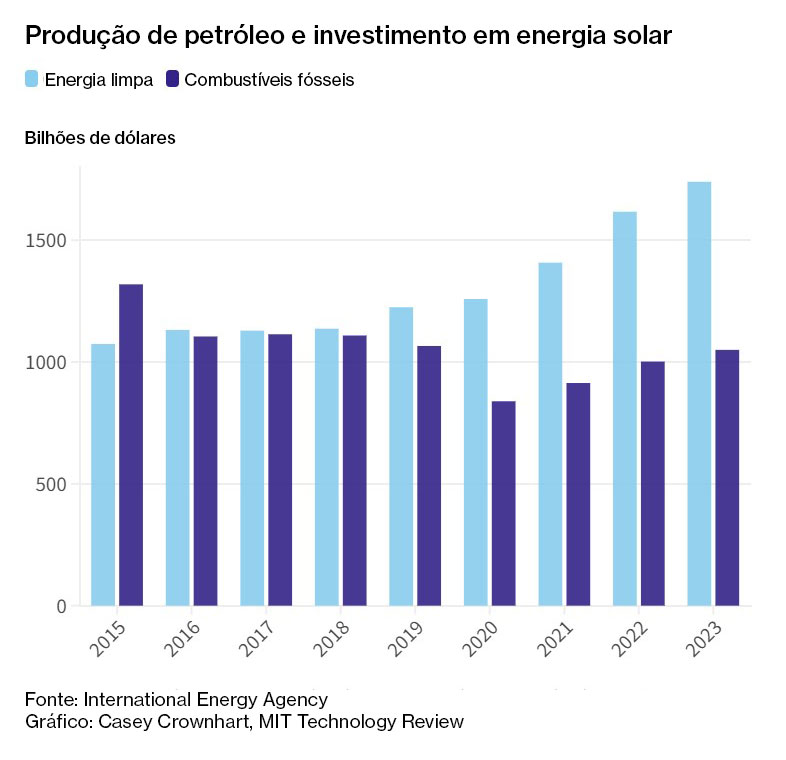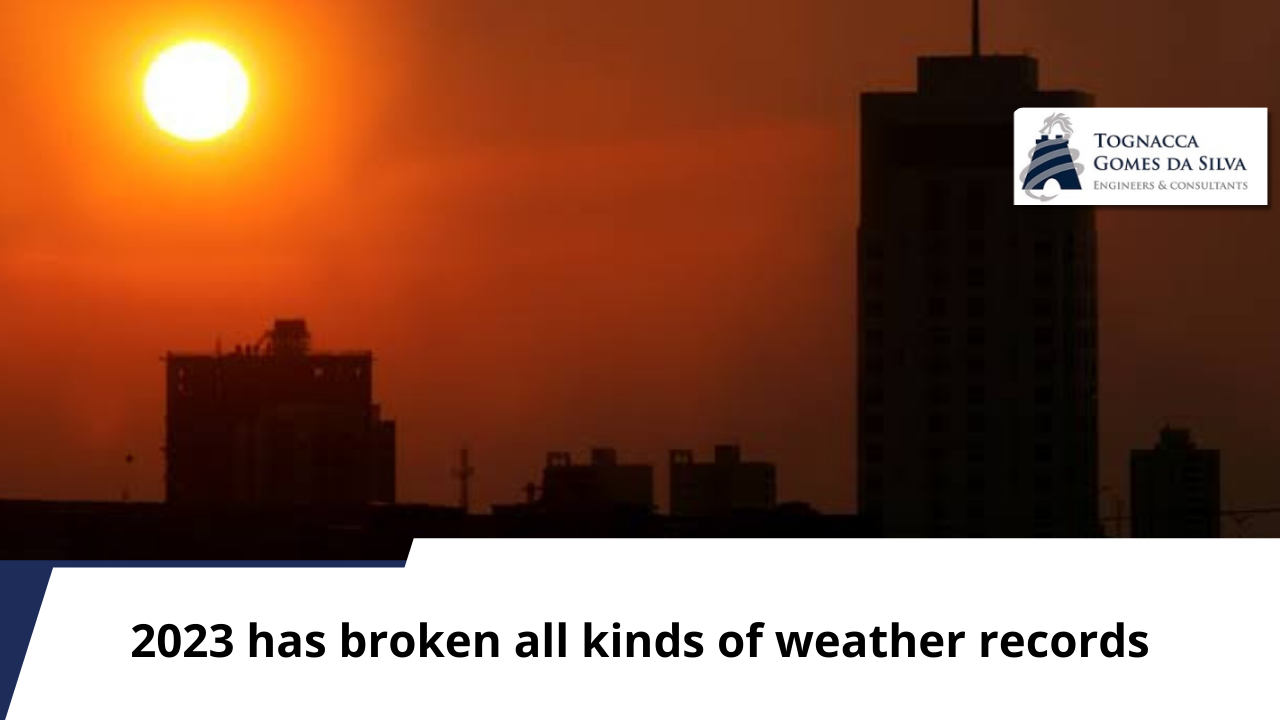Last year was quite a year in terms of climate news, with weather disasters, technological advances and policy changes making headlines around the world. There is a plethora of bad news, but there are also some glimmers of hope if you know where to look.
It’s a lot to make sense of, so let’s take a look at the past year and let’s do it with data. A “weather recap,” if you will.
A new emissions record (again)
Technically, we still cannot draw definitive conclusions about 2023 (since we don’t have the numbers finalized yet). But it’s pretty clear that we’re on track for another record year when it comes to greenhouse gas emissions from fossil fuels.
Carbon dioxide emissions from fossil fuels are expected to have reached about 36.8 billion metric tons by 2023, according to the Global Carbon Budget report, released in early December. This number is just over 1% higher than last year’s levels.
Reaching another emissions record is not the best news. Ideally, this line would be heading in the opposite direction, and quickly.

However, the story is not the same everywhere. The US and Europe, for example, are seeing slight reductions in carbon pollution (although these places are among the biggest historical emitters). China and India are recording emissions growth of around 4% and 8% respectively.
But that growth may soon be slowing, and some analysts say that in the next few years we could be close to peak emissions (the point at which they reverse and begin to decline). I’ll believe it when I see it.
It’s getting hot in here
Not only are we seeing record emissions, but it is almost certain that 2023 will also be the hottest year on record. The year up to November was, on average, just under 1.5°C (or about 2.6°F) warmer than pre-industrial levels.
The warming is noticeable even compared to recent decades. November was 0.85°C warmer than the average November in the 1990s.

Everywhere you look, from the air to the ocean, the planet is warming, and rising temperatures and other changes in weather patterns are having cascading effects, as we saw firsthand in 2023.
Sea ice has reached new low levels. Historic wildfires in Canada brought oppressive smoke that swept the U.S. East Coast. Thousands of people have died in floods in Libya, and a years-long drought in the Horn of Africa has left millions facing water and food shortages. Name any type of climate disaster you can imagine, and one of them will probably break records, somewhere in the world, in 2023.
Looking back, I think last year I saw a trend that has been building over the previous two years: an increasing number of people are being directly and dramatically affected by climate change. This is raising awareness that climate change is not a theoretical future possibility, but something that is happening in the present time.
Money, money, money
It is not possible to look back at 2023 without talking about bad news. But there are some positives too, I promise!
On the one hand, last year also saw record investment in clean energy, with a total global spend of US$1.7 trillion. (Yes, trillions, with a “t.”)

Investment in clean energy has been outpacing investment in fossil fuels for some time, but the gap is starting to widen, with increasing volumes of spending on technologies such as solar and wind power and energy storage. In fact, solar energy alone attracted more investment than fossil fuels for the first time.
The current state of the climate is quite grim, and it’s important to take note of that and be realistic about where we are and what still needs to happen.
( source: MIT Technology Review )



